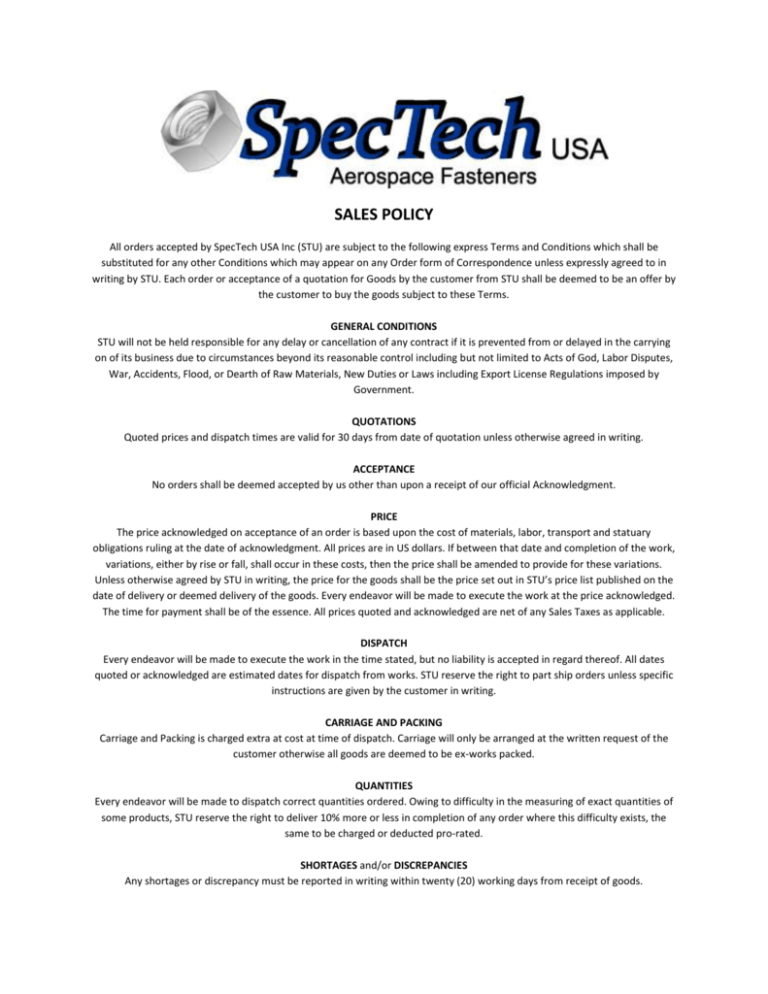
Scenario 1:įollowing up after meeting at a networking event 8 Polite follow-up email samplesīelow are eight polite follow-up email samples for various scenarios along with tips and suggestions you can use when writing your own email. If you wait too long, there is a chance they’ve already forgotten about your call to action and the steps you asked them to take. As an example, if you were a real estate agent, you know time is crucial! So it’s best to only wait a couple of days and send a polite and gentle reminder to either respond with a timeline or an assurance that the task was completed. This ensures the recipient still has the topic and request fresh in their mind. Instead of waiting 10+ days to follow up, consider sending a reminder sooner like 3 days.
#WILL QUOTING NUMBERS HELP ME GET SALES HOW TO#
Keep reading to see the polite follow-up email samples and learn how to incorporate this into your follow-up emails. You can do this while still being polite. Do you want them to reply? Call you back? Fill out a form? Be clear and specific so they know what you want them to do. Instead, when writing a polite follow-up email, be clear about what you want the person to do after reading your email. The final and most common mistake when writing a polite follow-up email is forgetting to include a call to action. For example, give them options, share how you can help them solve their problem or what you can do for them, or add more details or context. Instead, when writing your polite follow-up email, focus on adding value. People are busy and don’t have time to read an email that they have to decipher the meaning of or what action is required. Starting with “just following up” and not adding valueĪnother common mistake made when writing a polite follow-up email is starting with “just following up” and sending an email that doesn’t add any value. Continue reading for polite follow-up email subject line examples. To do this, ask yourself what the email is about or what you want them to do. Instead, write a subject line that’s relevant to the topic or purpose of the email. It can also cause the reader to feel like you’re pointing blame because you didn’t answer, which doesn’t make the reader feel very good or interested in reading your email. While this email is a follow-up, that subject line doesn’t add any value and will likely be ignored. When writing a polite follow-up email, most people tend to naturally use “follow-up” in the subject line.



Using “follow-up” in the email subject line Let’s talk about each of these mistakes so you can avoid them when writing a polite follow-up email and what to do instead. There are three common mistakes often made when writing polite follow-up emails. Then we’ll share some examples of what you want to do to improve your follow up email along with a heap of examples to help you customize your own message! Mistakes made in polite follow-up emails and what to do instead Whether you’re writing a polite follow-up email because you’re following up after meeting someone at a network event, after sending an invoice, or after sending an email with no response, we’ll share how tips to help you increase your odds of getting a response.įirst, let’s talk about the 3 common mistakes people make when writing a polite follow up email so you know what to correct when writing your next email. You want to get a response but you don’t want to be perceived as too pushy. Writing an effective yet polite follow up email that gets a response can be challenging.


 0 kommentar(er)
0 kommentar(er)
